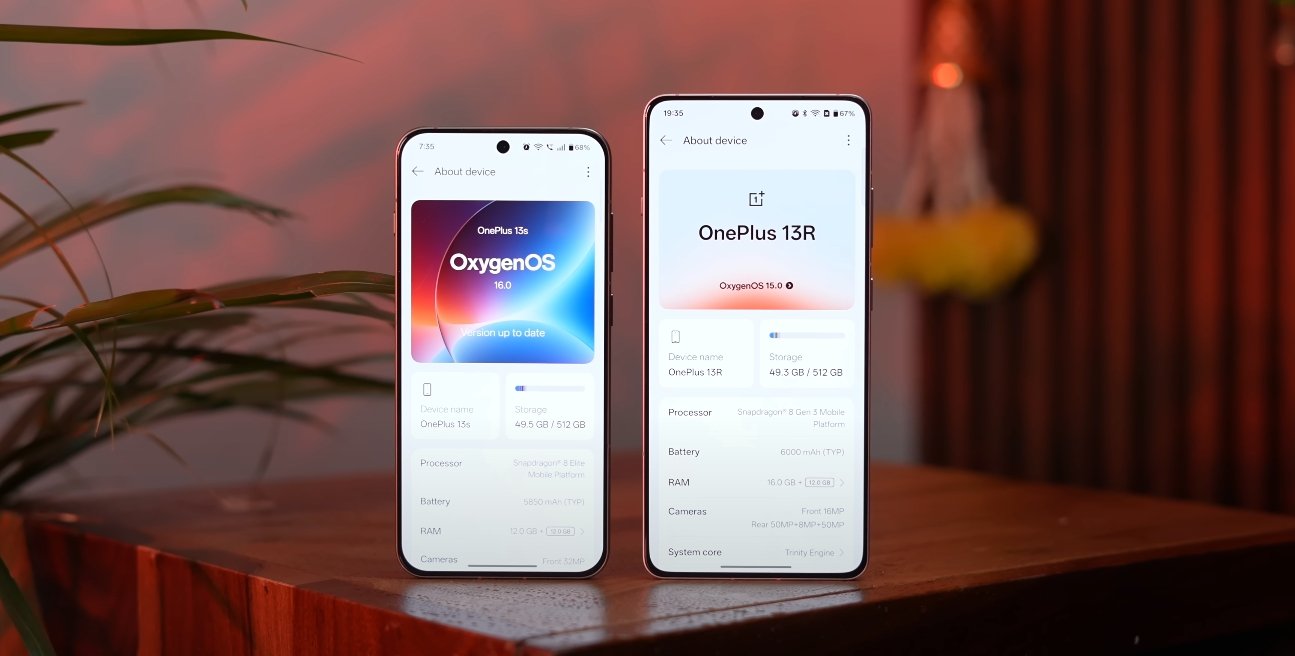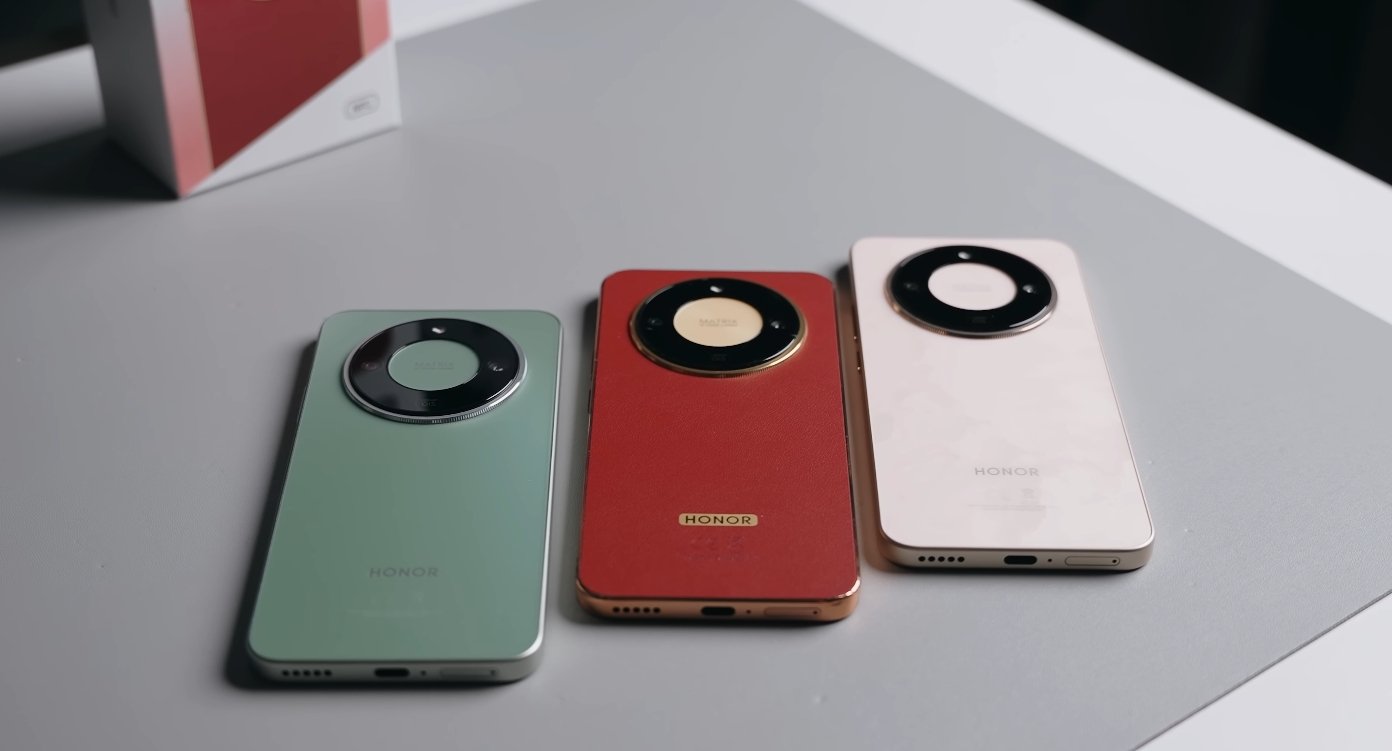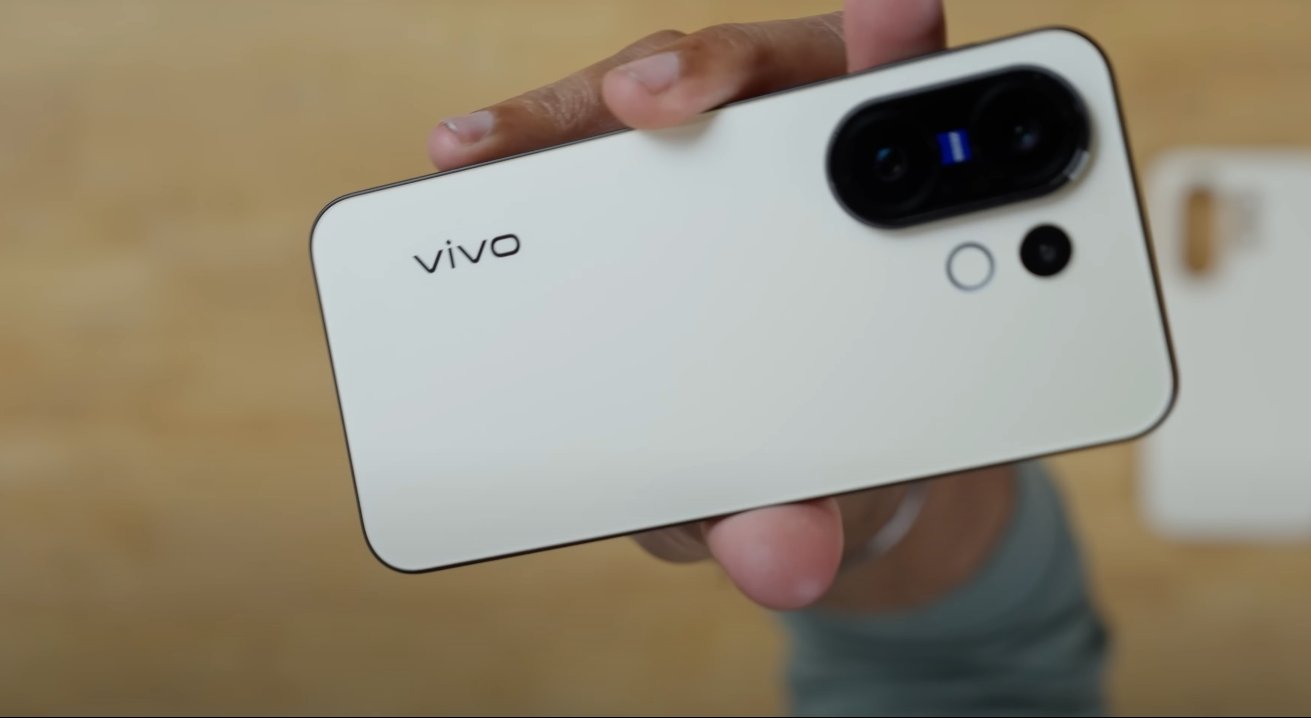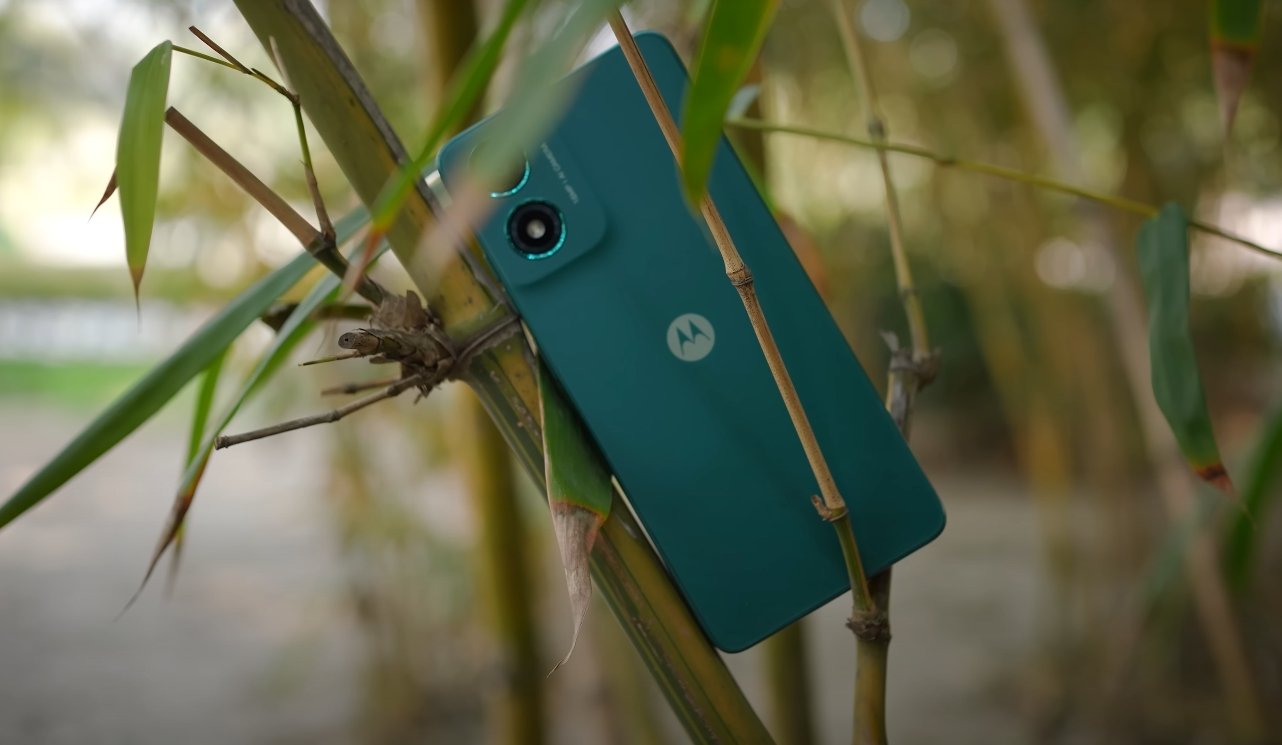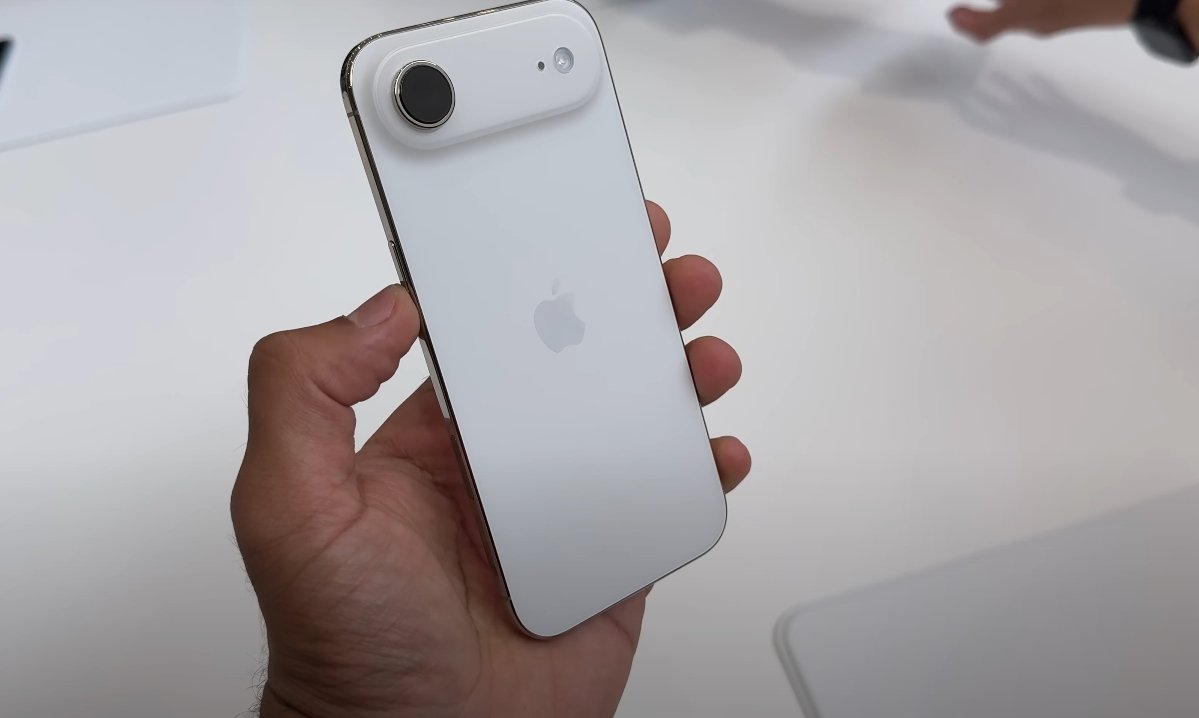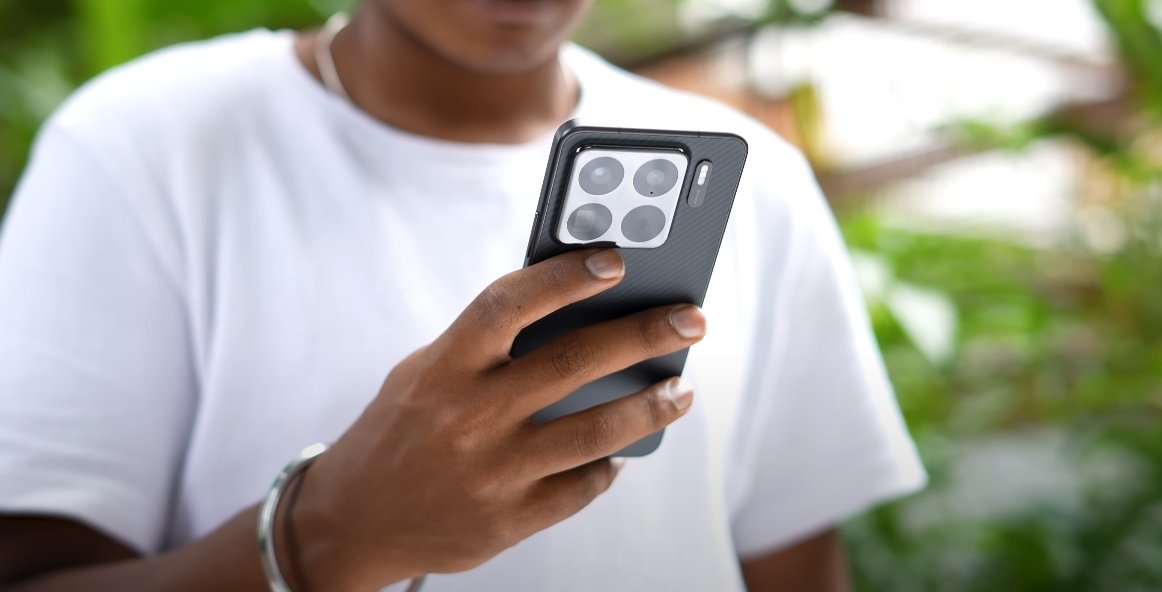Comparing fluidity and performance on modern flagship devices
OxygenOS 16 and Samsung One UI 7 are two of the most advanced Android interfaces available, each with its own approach to smoothness, animations, and system responsiveness. Early feedback from U.S. users and testers highlights how both interfaces perform in daily tasks, multitasking, and gesture navigation. While both are designed for high-end devices, differences in design philosophy and system optimization create distinct user experiences.
OnePlus has emphasized fluidity in OxygenOS 16 through features like Flow Motion and adaptive system animations. App transitions, scrolling, and gesture interactions feel highly responsive, particularly on high refresh-rate displays. Users report minimal lag when switching between apps or navigating the home screen, and multitasking performance remains consistent even with multiple apps running in the background. The interface strikes a balance between visual polish and practical performance, maintaining smoothness without heavy battery drain.
Samsung One UI 7, built on Android 16, also focuses on smooth animations and system responsiveness but with a slightly different approach. One UI 7 emphasizes visually rich transitions and layered effects that create a premium aesthetic. Animations for app launches, notification panels, and multitasking are fluid, though some users notice slightly longer transition times compared to OxygenOS 16. Samsung’s One UI also offers extensive customization, but these added visual layers can sometimes make the interface feel heavier, particularly on mid-range devices.
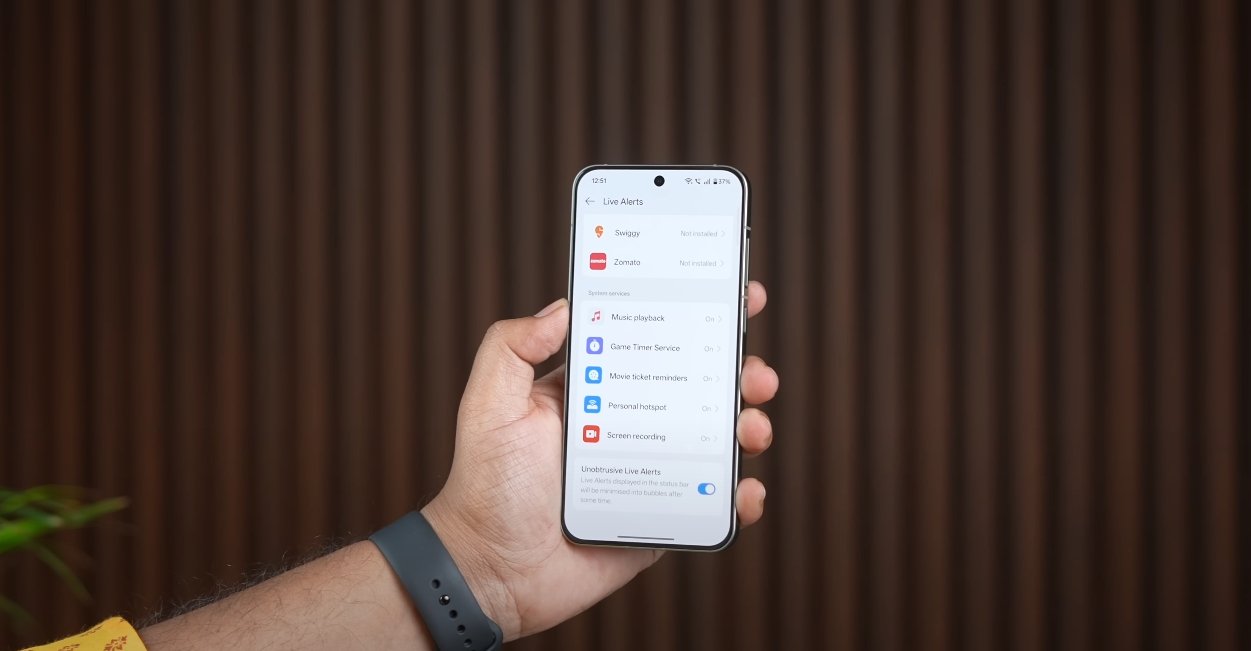
Scrolling performance is another key area of comparison. OxygenOS 16 is optimized for high refresh rates and adaptive rendering, delivering ultra-smooth scrolling in apps, menus, and web pages. One UI 7 performs well overall, but U.S. testers report minor stutters in certain system apps or when switching between multiple active windows. The difference is more noticeable on devices with lower refresh rates, where OxygenOS 16’s optimizations appear to maintain more consistent smoothness.
Gesture navigation and multitasking provide additional insight into smoothness. OnePlus has refined gestures in OxygenOS 16 to feel natural and responsive, with transitions between apps, split-screen modes, and the recent apps menu appearing seamless. One UI 7 also supports gestures, but the interface sometimes prioritizes aesthetic animation over speed, leading to slight delays in rapid multitasking scenarios. Users who prioritize efficiency and fluid responsiveness may find OxygenOS 16 more satisfying in daily use.
Both interfaces handle resource-intensive apps effectively. Gaming, streaming, and social media applications run smoothly on both OxygenOS 16 and One UI 7, though OxygenOS 16’s system-level optimizations allow for slightly faster app launch times and more responsive background performance. One UI 7 balances visual effects with performance, but the heavier UI elements can sometimes cause minor frame drops in fast-paced scenarios.
Overall, the smoothness comparison shows that OxygenOS 16 delivers a more consistently fluid experience across core system interactions, particularly in gesture navigation, scrolling, and multitasking. Samsung One UI 7 offers a visually rich and polished interface, but its heavier animations and layered effects can slightly reduce perceived speed. Both U.S. users and early testers note that OxygenOS 16 feels faster and more responsive in everyday use, while One UI 7 provides a more visually elaborate experience that may appeal to users prioritizing aesthetics alongside performance.
In conclusion, OxygenOS 16 excels in delivering smoothness and responsiveness, making it ideal for users who value fluid navigation and fast interactions. Samsung One UI 7 impresses with rich animations and visual depth, but OxygenOS 16 maintains a slight edge in practical speed and consistency, particularly on high-refresh-rate displays. Both interfaces are optimized for modern Android devices, yet their design philosophies create distinct experiences for end users.
Also Read: Nothing Phone 3A Lite app optimization and multitasking
